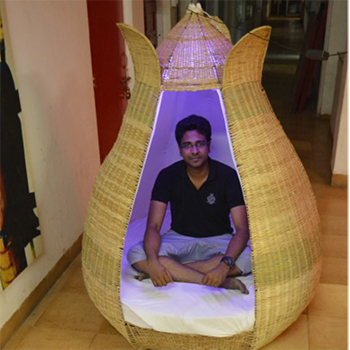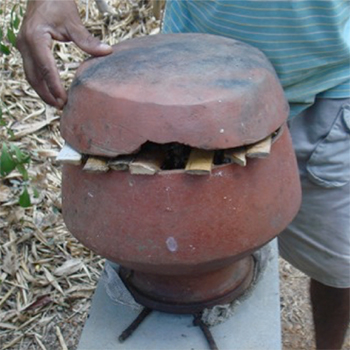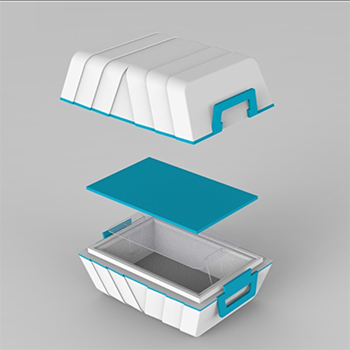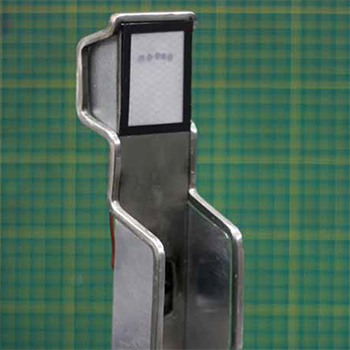Lighting is a major issue during a long power outage in an energy-scarce country like India. Though there are alternate ways of generating power, they are highly seasonal, not very cost-effective, or require human effort, which leads to hybrid options. And the most viable solution lies in energy harvesting methods. The project evolved in two stages, with the first focusing on general research into alternate power and lighting as well as experimentation with a few techniques. With the inferences from the first phase, the second phase of the project was highly focused on the power production using the thermoelectric generator (TEG) and the scenarios in which it could be used. Initial ideation covers the possible chances of producing power using TEG in the house scenario without doing much labour. After a series of studies, the context of the kitchen, which is one of the most sought-after places and requires adequate lighting at any time of the day, is chosen for power generation as there is heat generation happening at least twice a day. During cooking, almost two-thirds of the heat is wasted in the surrounding air. The idea of the project is to harvest that energy using a thermoelectric generator and produce power that could be used for lighting and charging low-power gadgets. Thus, the project aims at developing a reliable secondary source of light and power and increasing the overall efficiency of energy utilisation in the house. Based on that, a user study and market study are conducted to understand the scenario and the possible applications of TEG. Experiments are carried out using an actual thermoelectric generator, and various levels of heat exchange possibilities are understood and concepts are generated as a result. The structural design of the product is chosen for its simplicity in manufacturing and ease of maintenance. The product will act as a secondary source of task lighting during load shedding and can support the charging of low-power gadgets.






